Why transcend reason?
There are many examples where products of reason have demonstrably failed. For example: racism.
.png) Representative image. / Canva
Representative image. / Canva
We have a pretty good idea what reason means but since AI software packages purportedly have access to the entire knowledge base of humanity, I asked ChatGPT the meaning of “reason” and it returned a fascinating response (ChatGPT on Reason).
Products of reason include sciences, laws, policies and the like.
There is overreliance on reason in the West for two reasons:
-
The 18th century renowned German philosopher, Immanual Kant said, “All knowledge begins with the senses, proceeds then to the understanding and ends in reason. There is nothing higher than reason.”
-
Human progress since the renaissance period has occurred principally due to scientific discoveries in the West leading to the mistaken belief that all discoveries are products of reason. Thus, the feeling, products of reason are entirely sufficient to make discoveries and to solve all problems.
In contrast, renowned 19th century yogi, Swami Vivekananda said, Indian thought dares to seek, and successfully find something higher than reason. Journalist Ann L. Bardach found a surprising and continuing influence of Swami Vivekananda in America (New York Times, Wall Street Journal).
When products of reason are insufficient
There are many examples where products of reason have demonstrably failed. Take racism for example. The 13th amendment to the US Constitution abolished slavery in 1865 and several laws have been passed since then including the 1965 Civil Rights Act (focusing on voting rights) and the Civil Rights Act of 1968 which prohibited discrimination in housing, and yet racism persists.
Examples demonstrative of “something higher than reason”
Universal Peace Foundation, a nonprofit founded by my guru, Gurumahan, Guardian of Global Peace, conducts a seven-day yoga program, Aha Dharana (Tamil for Inner Focus) for children. At the end of the program, 80 percent of the children are able to perform several tasks (reading, writing, drawing, identifying colors) blindfolded. The program also raises internal/emotional excellence of the children. Gurumahan says these children are less apt to fall prey to addiction on alcohol or opioids.
Relatedly, a teenager demonstrated this capability to Bollywood superstar Amitabh Bachchan on his popular TV program Kaun Banega Crorepati. She read from a book provided by Sony Entertainment team blindfolded.
Suhani Shah is a mentalist who can read someone’s mind. Of the several video clips on YouTube, there is one in English wherein she asks Chess World Champion, Gukesh, to think of a move on the chess board and second, think of a name of someone and she correctly guessed both.
Sciences have no tools to develop these capabilities.
How to transcend reason
When we sit in contemplation, enhancing the focus of our attention, Type I discoveries can come.
To elaborate, human beings have been adding to the knowledge of humanity ever since they learned to walk upright. By now, an enormous amount of knowledge has accumulated. Type I discoveries amount to connecting the dots, perhaps in an ingenious way, in this vast ocean of existing knowledge.
Enhancing our focus of attention further, as with meditation, Type II discoveries can come. Type II discoveries cannot come from existing knowledge. In Sanskrit, Type II discoveries go by the name, Shruti, meaning revealed. Ancient Vedas are an example of Type II discovery. There was no knowledge in humanity’s database then for the seers to draw from for these discoveries.
Take care, regardless of how discoveries come about, they must be corroborated with data/evidence.
A new paradigm
The forgoing explanation leads to a new paradigm: Products of reason are necessary and useful to solve problems, but they are not always sufficient. And when they are not, transcending reason remains the only viable option to solve problems and to make new discoveries.
Numerous Type I and Type II discoveries will be required if we are to successfully tackle the myriads of challenges facing humanity such as climate change, renewable energy, desalination, etc.
A New Type II Discovery?
Background. The nothingness of the void created the energy phase of the big bang event billions of years ago, incredibly small (about the size of Planck length, about 10-33 cm in diameter), unbelievably hot and immensely dense, which created the universe which has been expanding ever since. Clearly, there is an abundant amount of energy in the universe. The question is, can it be captured for our use? If we could, many of our problems would be things of the past.
A Type II Discovery? In the 1980’s Paramahansa Tewari, a senior engineer with India’s Department of Atomic Energy's Nuclear Power Corporation (NPC), proposed a theory which has at its heart the notion that the electron has a void whose highspeed rotation within a vacuum can produce energy from space. This theory led to a machine he developed called The Space Power Generator (SPG). Tewari’s invention earned first prize at a conference in Hanover organized by the German Association of Gravity Field Energy.
The late Paramahansa Tewari credited renowned theoretical physicist John Wheeler, a colleague of Albert Einstein at Princeton, and former physics lecturer at MIT, Bruce DePalma, for their encouragement to continue his work.
Kirloskar Electric Company, a reputable company in India, fabricated a machine in cooperation with Tewari and demonstrated that it produced more electric power than what was supplied to it.
Tewari’s invention in no way violates the first law of thermodynamics (conservation of energy principle) since there is abundant energy in the universe.
There are no commercial entities to date which have replicated Kirloskar Company’s results, perhaps because much of the world still carries the conviction that reason is the upper limit of achievable performance. In the light of the new paradigm, Hopefully, companies will take a fresh look at Tewari’s pioneering work. It could be transformational!
Ancient wisdom has come to the rescue yet again in helping to solve modern-day problems.
The author is Professor Emeritus and former Chairman of the Chemical Engineering Department at the University of Louisville. He is also president of Six Sigma and Advanced Controls based in Louisville, Kentucky.
(The views and opinions expressed in this article are those of the author and do not necessarily reflect the official policy or position of New India Abroad.)
ADVERTISEMENT
ADVERTISEMENT
E Paper
Video



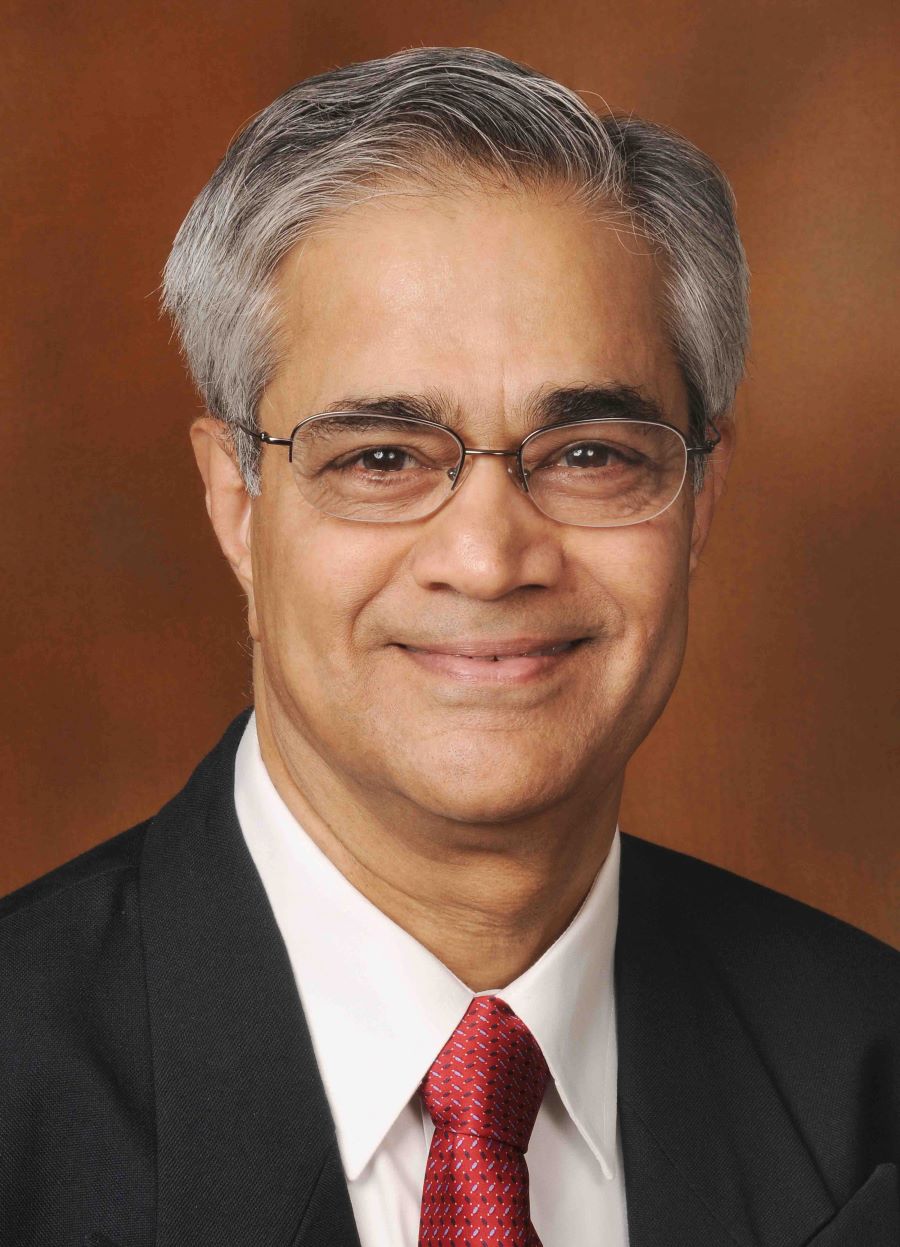 Pradeep B. Deshpande
Pradeep B. Deshpande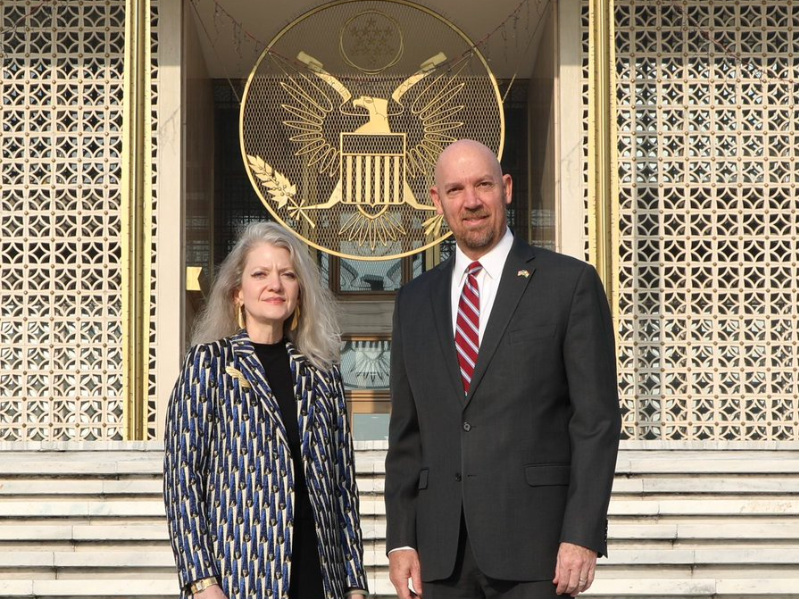



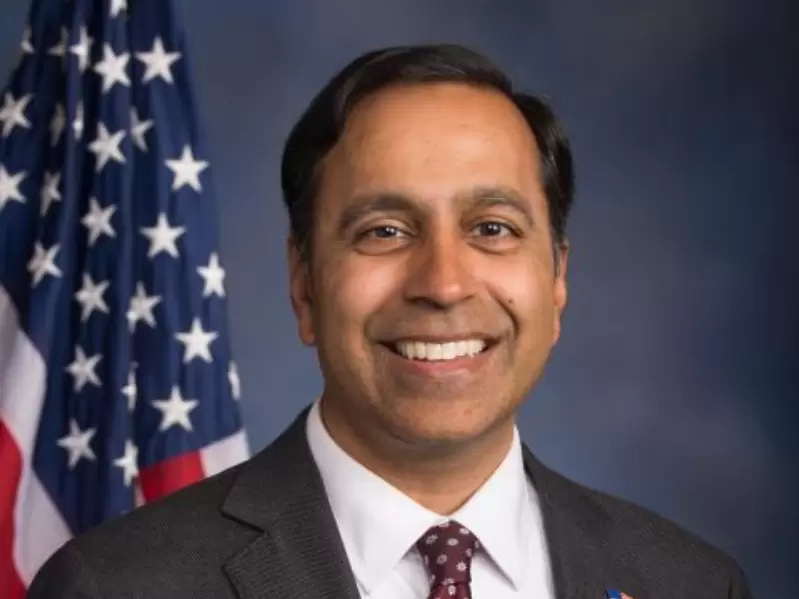


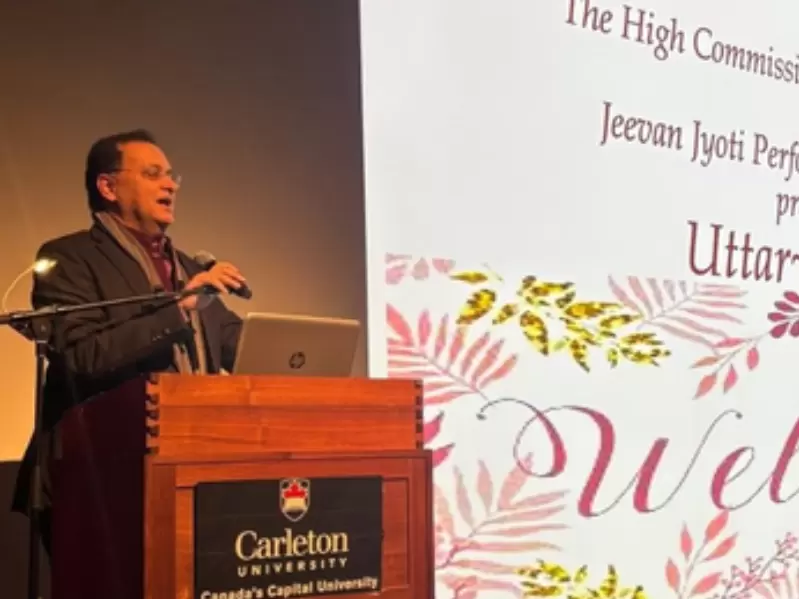


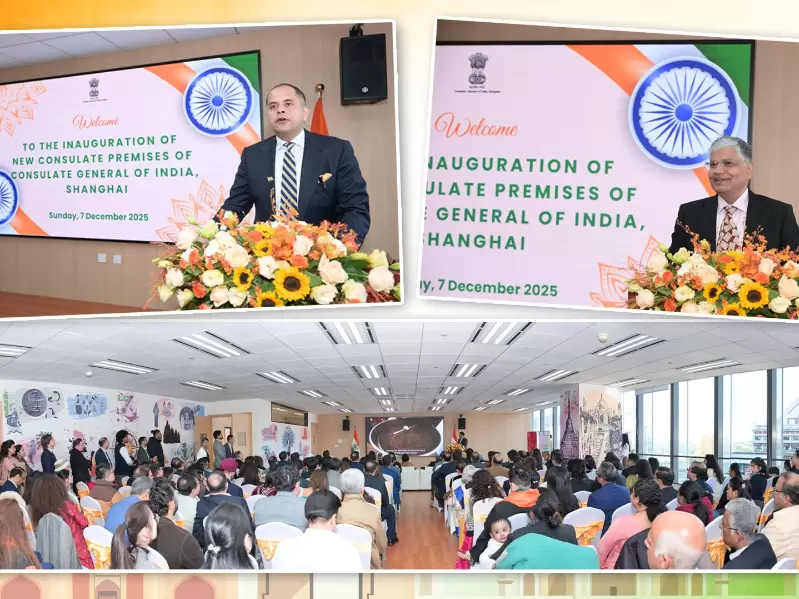
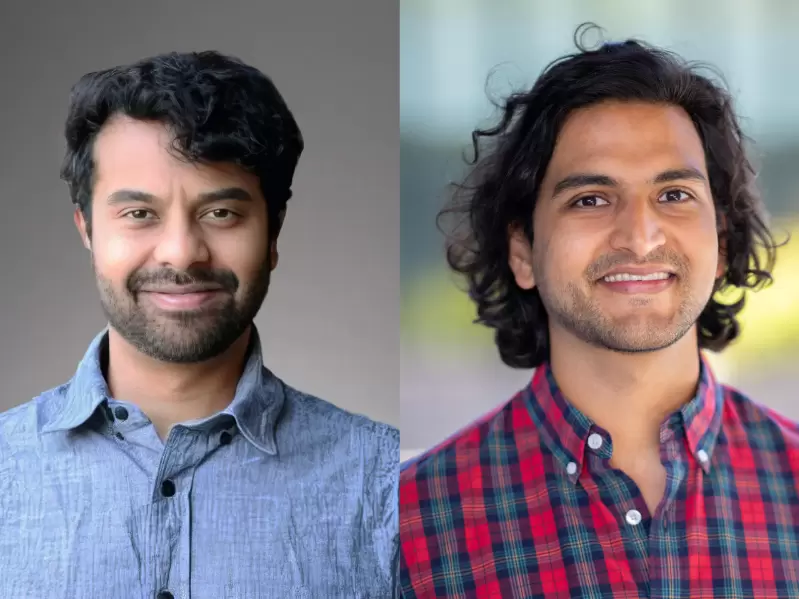

Comments
Start the conversation
Become a member of New India Abroad to start commenting.
Sign Up Now
Already have an account? Login